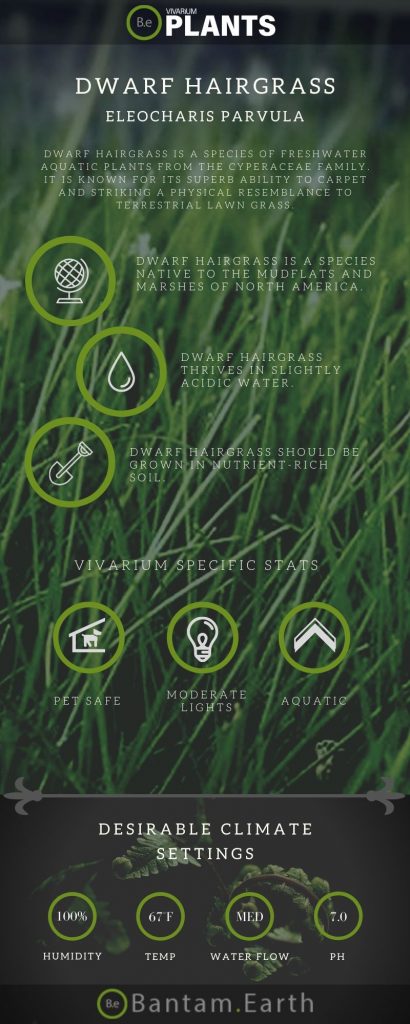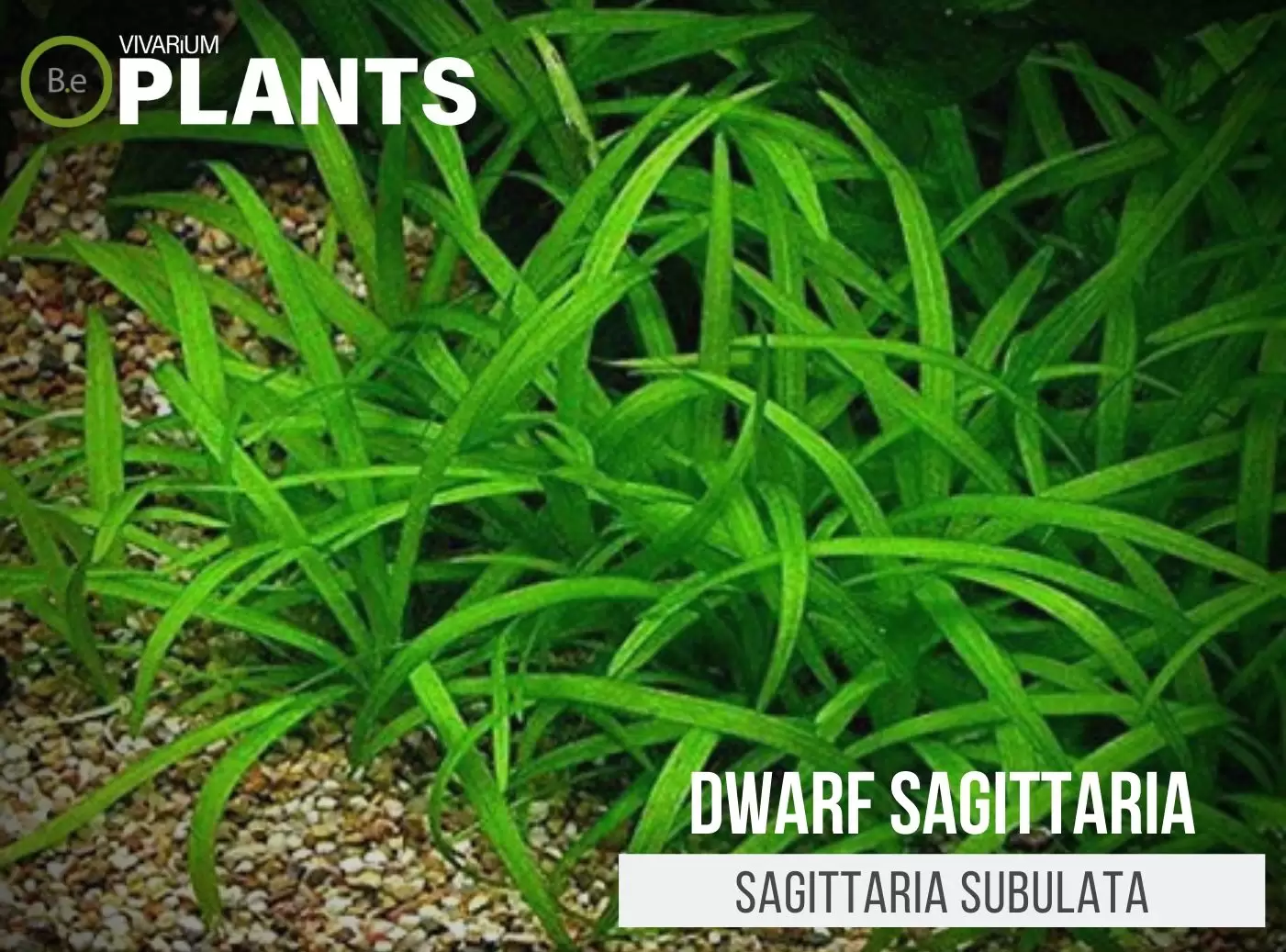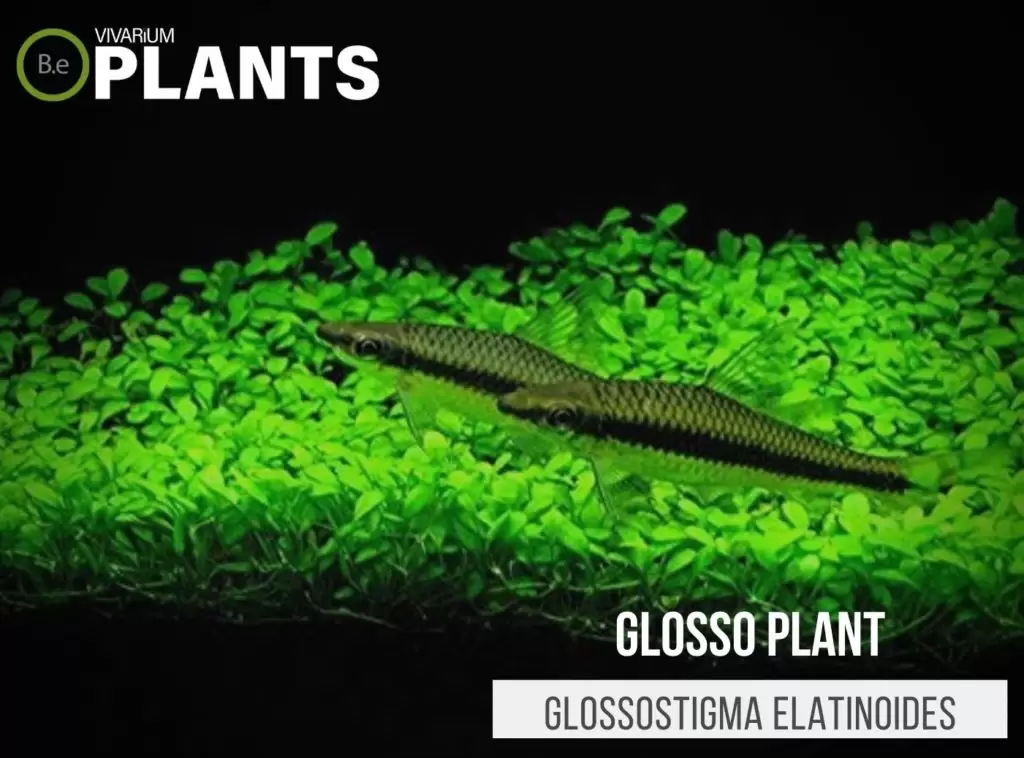One of the most common categories of aquatic plants in the vivarium niche is the carpeting species.
Many of these plants are part of the Poaceae family, also known as grasses. Among the wide variety of species, is the now very popular Dwarf Hairgrass.
It is especially popular in the aquarium community due to its hardiness and adaptability.
This article will take a closer look at Eleocharis parvula, providing a complete understanding and care guide to properly growing one.
Table Of Contents:
ToggleWhat Is Dwarf Hairgrass?
Dwarf Hairgrass is a species of freshwater aquatic plant within the Cyperaceae family.
It is known for its superb ability to carpet and striking a physical resemblance to terrestrial lawn grass.
There are three species of Dwarf Hairgrass, that are all very similar in nature.
All three species are available in the aquarium trade and have become very popular.
These species are Eleocharis parvula, Eleocharis acicularis ‘Mini’, and Eleocharis Belem which is the smallest one of all.
Nevertheless, the most common one in the industry is the Eleocharis parvula species.
Overall, aquatic carpeting grasses are recognized for being finicky growers and demanding a lot of attention.
However, unlike the other two species, E. Parvula is a faster grower, larger in size, and more beginner-friendly.


Dwarf Hairgrass Facts
Dwarf Hairgrass is botanically known as Eleocharis parvula.
Aside from its scientific name, it is also commonly referred to as Dwarf Spikerush and Small Spikerush.
As mentioned before, it is an extremely popular species in the aquarium world.
As a matter of fact, most if not all, famous aquascapers will use it in their tank at one point in their career.
It is usually grown as a carpeting plant due to its physical appearance. However, this fauna is also widely coveted for its environmental benefits.
It helps remove toxins and control nitrate levels, all while also oxygenating the water.
In addition, this underwater grass also serves as a great cover or hiding spot for small creatures.
Description
The easiest way to describe Dwarf Hairgrass to someone would be to tell them to step outside and take a look at their lawn grass.
For the most part, it almost looks exactly like it. Instead of traditional leaves, this plant has strands or blades.
Each blade is thin, has a hair-like appearance, and is responsible for photosynthesis.
Since the blades are so thin, they are very heavily packed. This allows the plant to form its recognized vivid and lush carpet look.
Just like regular grass, Eleocharis parvula varies between light and medium green in color.
The roots, also known as runners, are white and also rather thin.
Once planted, the roots will likely not be seen anymore, since they will remain buried in the substrate.
The species is labeled as a “dwarf” due to its small and compact size, especially compared to other relatives.
At their full size, the blades will reach a height of 4 to 6 inches.
Habitat
Dwarf Hairgrass is a species native to North America.
It can usually be seen growing in mudflats and marshes of brackish and freshwater.
The plant is found in myriad across several countries of Europe and North America.
It can also be found in a few countries in South America and Asia, but it is not as abundant there.
With such diverse natural habitats, this species is able to withstand and thrive in a wide range of temperatures.
Usually, as long as the temperature is between 50° to 85°F, the plant will be fine.
However, the ideal temperature for optimal growth falls anywhere between 70 to 83 degrees Fahrenheit.
pH Preference
Dwarf Hairgrass tends to thrive with a neutral pH. Extremely acidic or alkaline levels should be avoided.
The pH level of water measures the relative acidity or alkalinity based on a scale of about 0 to 14. A pH of 7 represents neutral levels, meaning neither acidic nor alkaline.
Even though the hypothetical range of pH is actually a lot wider when it comes to plants the range used is typically between 4 (highly acidic) and 10 (highly alkaline).
The ideal pH for Eleocharis parvula will range anywhere between 6.5 and 7.5.
Vivarium Type
Dwarf Hairgrass is a very adaptable species. For this reason, it will be very successful in a variety of vivarium types.
When deciding if rather or not to use this plant in a particular type of enclosure, make sure to go with setups that have significant amounts of water features.
The proper setup and theme of the enclosure will also make a big difference to the overall look and health of the plant.
Here are recommended vivariums Eleocharis parvula will do well in:
- Paludariums – Half aquatic/ half terrain-based enclosure.
- Ripariums – Mostly aquatic-based enclosures with some terrain features present.
- Aquariums– Fully aquatic-based enclosure with little to no dry terrain.
Vivarium Placement
As mentioned before, Dwarf Hairgrass is a type of aquatic plant.
Although it does require to be planted somewhere in the water, the plant does not have to be fully submerged.
In fact, Eleocharis parvula can do quite well and thrive when cultivated emersed.
With that in mind, the plant should always be kept in an aquatic area of an enclosure.
The plant’s striking foliage and carpeting growth make it ideal to decorate and bring life to any empty area of a vivarium.
Due to its low growth and bushy pattern, most hobbyists will place the plant towards the bottom of the enclosure.
The species spreads in a very carpet-like style, making it perfect to cover the ground.
It can be the perfect species to create an extremely realistic look inside a tank.
Substrate
The best substrate for growing a Dwarf Hairgrass is simply one that is soft and nutrient-rich.
Although there is an assortment of substrates that will work just fine, the right mix will have a drastic impact on the plant’s health.
A coarse sandy substrate is probably one of the best choices for growing Dwarf Hairgrass, as it allows the plant to root easily without suffocating it.
Some good examples of a substrate to use are the ADA Aquasoil and CaribSea Eco-Complete.
Lighting
Dwarf Hairgrass requires at least medium lighting to photosynthesize and be able to grow.
The more light it receives, the faster and fuller it will grow.
Unlike some other flora, Eleocharis parvula cannot photosynthesize in shaded areas.
For this reason, it is imperative to the plant’s health that it receives an adequate amount of light.
Without it, it simply will not grow. Aim to provide at least 2 watts per gallon of water or more.
Buy Dwarf Hairgrass
When shopping for possible Dwarf Hairgrass for sale, expect a few key indicators you are buying the best quality plant.
The flora should be algae and snails-free along with any other type of pest.
The source of the plant will usually be sold in small tissue cultures, ready for you to propagate.
The batch should arrive fairly moist and in fairly good shape.
Click the image below to find out more about the current price and other relative info on Eleocharis parvula for sale:


Dwarf Hairgrass Care and Propagation
Dwarf Hairgrass is considered an intermediate-level plant when it comes to caring and propagation.
Although it can be grown by novice hobbyists, Eleocharis parvula will definitely require a bit more attention to thrive.
Nonetheless, it is known as being a lot less demanding than many other carpeting species.
The main things to keep in mind to promote healthy growth will be proper lighting, nutritious substrate, and periodic trimmings.
The removal of dead foliage will keep the spades from getting too tall and promote horizontal growth.
This will help the plant grow outward and create the luscious carpet that it is known for.
How to grow
The propagation of Dwarf Hairgrass is actually quite different from most other aquatic plants.
Taking a cutting from an adult plant, planting it somewhere different, and expecting it to grow simply will not work.
These new cutters will not be able to grow their own roots.
Instead, Eleocharis parvula likes a more natural and hands-off approach. As the plant grows, runners are created and branch off the root area.
These then develop into a new plant and will grow from the root up.
It’s hard to recreate this process forcefully since you can’t create your own roots.
Luckily enough, Dwarf Hairgrass is a fast grower that produces runners regularly, which helps the plant procreate on its own.
If for some reason, the process is not happening as fast as you need it to, the next step would be to make sure all the plant’s needs have been met properly.
Make sure that the substrate is rich in nutrients, there is enough lighting, and maybe even add some extra CO2.
In addition, making the water warmer and raising its temperature (within its healthy range) will also help speed up the growth rate.
Watering
Being that Dwarf Hairgrass is usually grown fully underwater or partially submerged, it will not really require any watering.
The plant does like a high-nutrient diet.
It will also benefit from added liquid fertilizer and CO2, especially when kept at the bottom of the tank.
Another thing to look out for is pesky algae growth.
Dwarf Hairgrass tends to be very dense, which can accumulate a lot of debris and promote algae growth.
Making sure that there is a slow but steady water current can help alleviate this issue.
Periodic water changes, as well as trimmings, will also help make sure that the plant remains healthy and growing.
Plants Similar To Dwarf Hairgrass
Adding diversity to an enclosure is key to an aesthetically pleasing setup.
Try mixing up the look of your vivarium with different flora that can easily co-exist in the same types of environment.
Furthermore, if for some reason you find Dwarf Hairgrass hard to acquire or would like to consider something similar to this plant…
Here are some other plants you might find may do well with or in the place of Eleocharis parvula:
Conclusion
When it comes to aquatic plants, Dwarf Hairgrass is one of my favorite carpeting species hands down.
Its grass-like appearance allows for the creation of some extremely lifelike sceneries.
However, not only is this plant an amazing addition to a vivarium aesthetically, but it also has a variety of environmental benefits to the setup.
From providing shelter to bottom-dwelling creatures to oxygenating the water to keeping nitrate levels from rising too high; it simply does not disappoint.
Have you ever grown Eleocharis parvula? If so what was your favorite quality? What did you find most challenging about growing this species?





